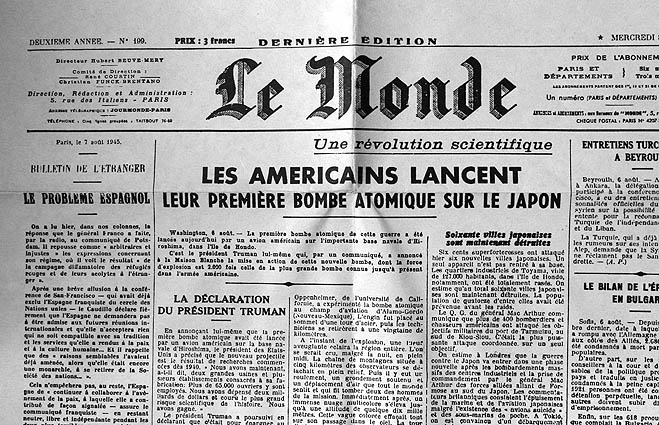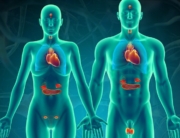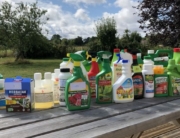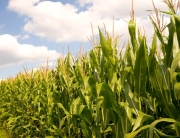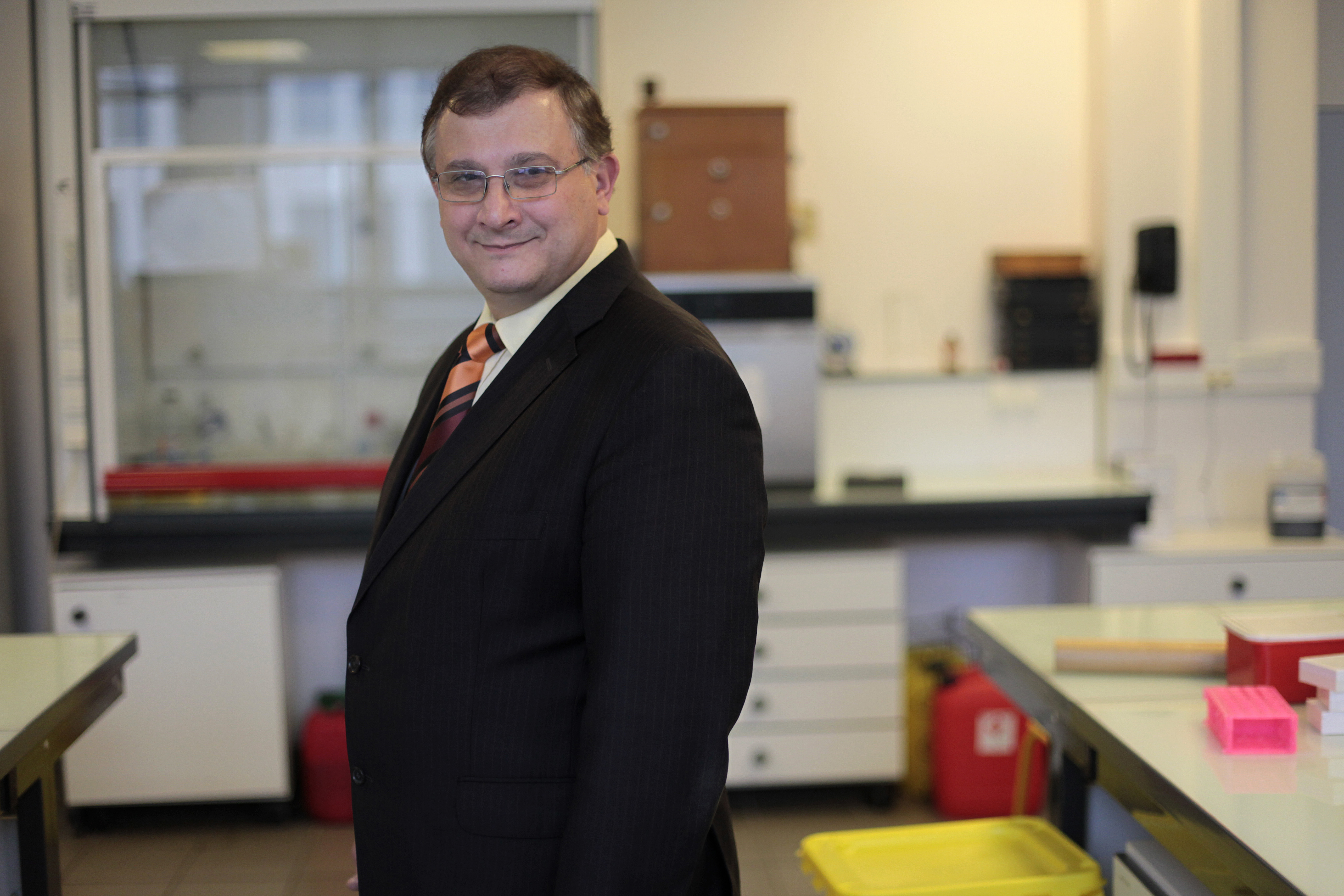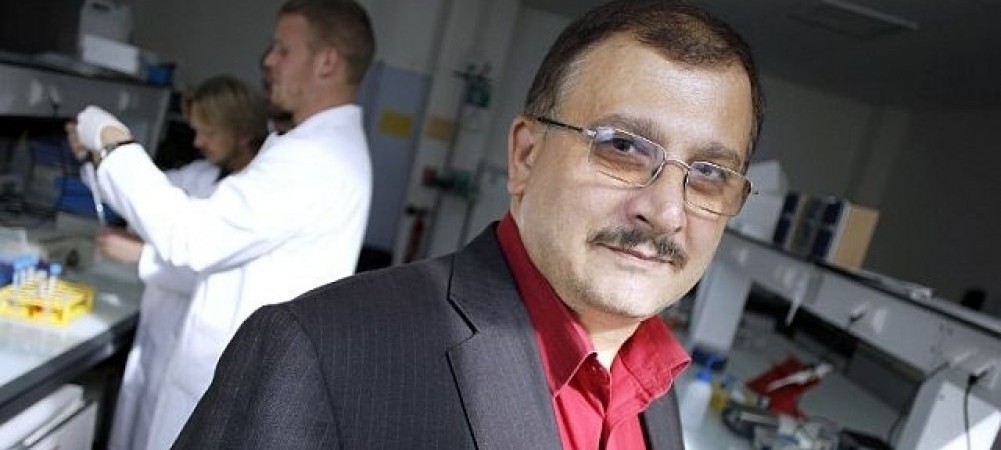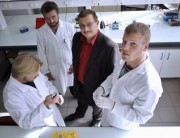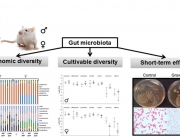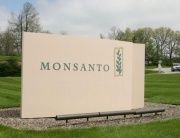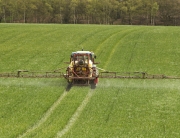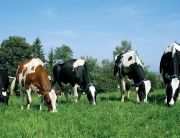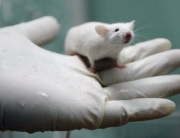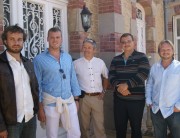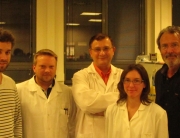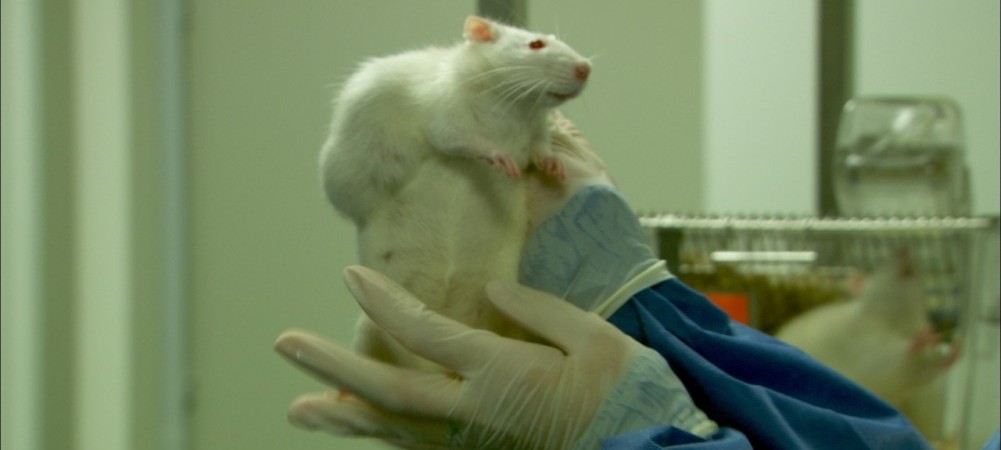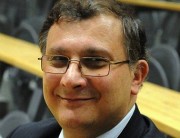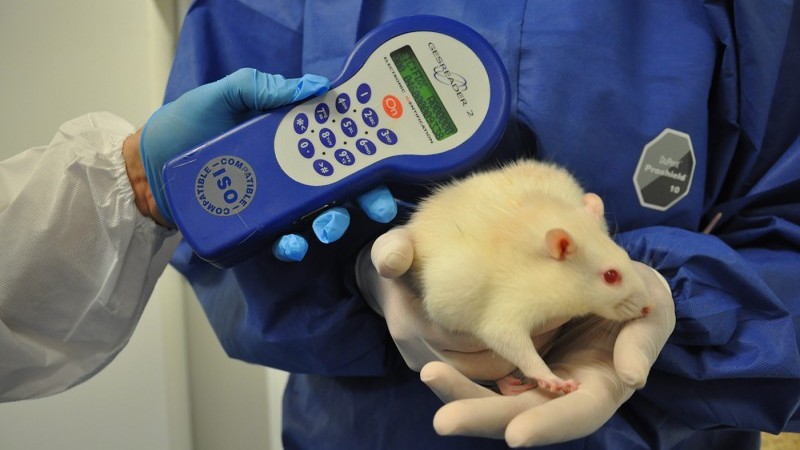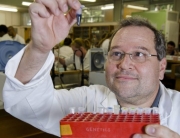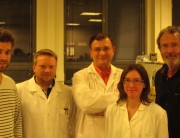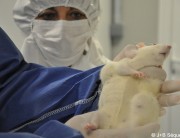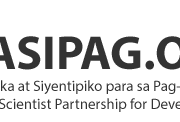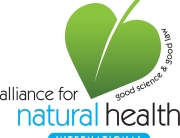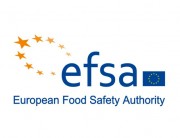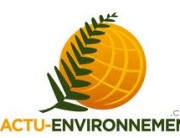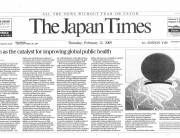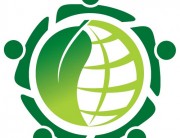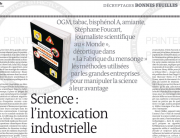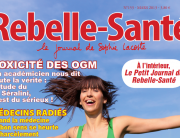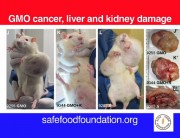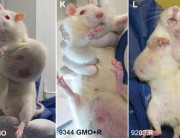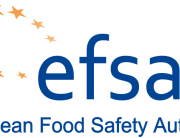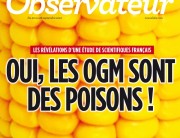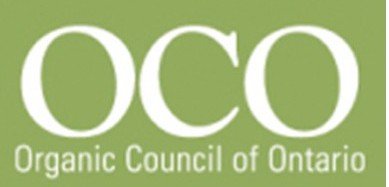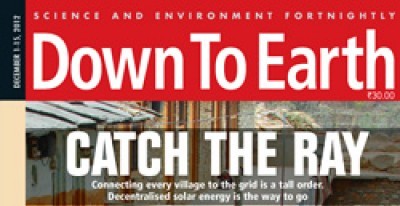In Argentina, locals exposed to herbicides have reported suffering from multiple conditions
Christine Legrand, Le Monde, 9 March 2011
San Jorge (Argentina) – The list of diseases that inhabitants from San Jorge complain of is endless: cancer, leukaemia, foetal malformations, spontaneous abortions, infertility, as well as respiratory, ocular and dermatological problems. San Jorge is a cute little town, 600 km from Buenos Aires, with 25 000 inhabitants and located in Sante Fe, one of the richest agricultural provinces of Argentina.
In the poor neighborhood of Urquiza, a single dirt track separates Viviana Peralta’s house from the soy fields where pesticides are sprayed by aeroplanes. When she realised that her one and a half year old daughter, Ailen, suffered from acute asthma attacks every time an airplane flew over her house she made the connection. At the hospital, a paediatrician confirmed the presence of glyphosate in Ailen’s blood.
Glyphosate is the active ingredient of Roundup, the weedkiller produced and marketed by the American company Monsanto. Roundup started to be widely used in Argentina – a pioneer in South America – from 1997. When the herbicide is sprayed, all weeds are killed, except RR (Roundup Ready) soy, i.e. the transgenic soy tolerant to the Roundup created by Monsanto.
In San Jorge, cancers have increased by 30% in ten years. After a spray, inhabitants report that their lips turn blue, their tongue thickens, chickens die, cats and dogs lose their hair, bees disappear and there are fewer birds.
After being turned away by the mayor, Viviana Peralta went to the tribunal. The judge listened to her. He agreed to file her complaint, as well as others from 23 families from the neighbourhood, against the Argentine government, the authorities within the province, and soy producers.
On March 17th 2009, a milestone ruling banned any spraying within 800m of houses if spraying is carried out by ”mosquitoes” (tractors with several metre-long wings), and within 1500m if carried out by plane. “Glyphosate is not holy water as they wanted us to believe,” says Carlos Manessi, agronomist and Sante Fe province coordinator of the national campaign against spraying. He points out that the marketing of Roundup was authorised in Argentina without previous scientific examination by the government and “only using a report by Monsanto, in English that was never translated”.
Local soy producers are convinced that Roundup is safe. “To ban it would be like banning aspirin,” says one. “Green gold” fever has spread through most Argentine provinces, boosted by demand from emerging countries and soaring prices worldwide. Argentina is the third biggest soy producer in the world and the main exporter of derivative products (oil and flour). Half of the country’s arable land is dedicated to the growth of RR soy, i.e. 17 million hectares.
Scorched earth
During the cold southern winter, before the sowing season, we can see grayish land scorched by Roundup, stretching beyond the horizon, from both sides of the National Road 10 that links Santa Fe to Cordoba, another rich agricultural province. Cows, traditional dwellers of the pampas, have been fenced in. Every patch of land except the roads is dedicated to soy. “All those who talk about the dangers of glyphosate are labeled as mad, they are accused of going against the country’s prosperity,” says Viviana Peralta. She was offered money to move. Despite threats, a resistance movement has emerged in several provinces.
In Cordoba, the association of Mothers of Ituzaingo denounce more than 200 cases of cancer amongst 5000 inhabitants. In the streets, women wear a headscarf, children wear masks. Labeled as ”mad”, the Mothers obtained in 2009, from a judge, a ban on spraying by plane within 1500m of houses.
But these bans are not always respected. And Roundup can remain in suspension in the atmosphere for a long time and travel several kilometres, carried by wind and water.
Many important and respected people, as well as elected members of parliament, are themselves soy producers and have invested in seed producers. The majority of agricultural engineers work for pesticide manufacturers. On the other hand, more and more rural doctors are coming forward to voice their concern about this “health nightmare”: “It affects twelve million people in Argentina”, says Medardo Avila Vazquez, coordinator of the movement of doctors of the victims of spraying.
In Chaco province, near the border with Paraguay, within the vicinity of La Leonesa, a study revealed that over the last decade, the number of cases of cancer has tripled and the number of malformations quadrupled. A legal battle pits locals against rice producers – rice being the main source of income of the region – who use glyphosate and carry out spraying by aeroplane. The population is asking for spraying to be kept at a reasonable distance from houses, schools, streams and rice paddies, and for official monitoring of human and environmental health. Andres Carrasco, embryologist at the University of Buenos Aires, published at the end of 2010 a study showing the toxic effect of glyphosate on amphibian embryos. This work has given rise to long-lasting anger towards him. He was assaulted when he went to La Leonesa, and the conference he was due to give at the ‘Salon du Livre’ (Book Show) was cancelled. He explains, ”I have not found anything new. I have only confirmed what other scientists had discovered before. There is scientific evidence, and above all, hundreds of people who are living proofs of this health emergency.” The scientist reminds us that Monsanto was found guilty of misleading advertising in France and in the United States, after having presented its herbicides as ”100% biodegradable”. In Argentina, more and more Roundup is used, because weeds have developed resistance. In 1991, the country was using 1 million litres of glyphosate; in 2009 it used 200 million litres.
English translation by New Europe Translations of French original, available from: http://robin.blog.arte.tv/2011/09/





